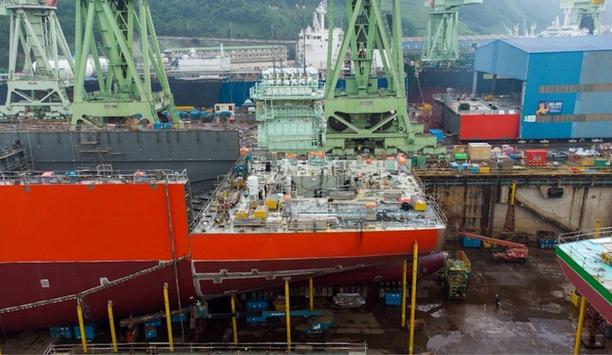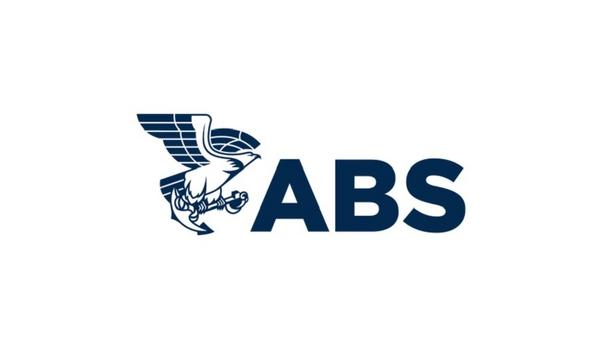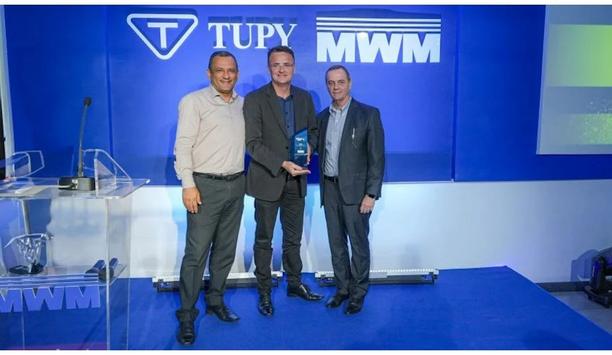As technology progresses in maritime operations and communications, especially in the realm of data transmission, the adoption of hybrid connectivity is proving critical. Pledging a smooth blend of various network technologies, it aspires to deliver improved reliability, flexibility, and performance. Yet, more thorough scrutiny reveals that what is often perceived as hybrid connectivity may not genuinely embody its core principles.
Tristan Wood, managing director of Livewire Digital, a company well-versed in providing connectivity to the maritime sector, including in diverse and challenging settings, examines this very dilemma, and argues that in most cases hybrid connectivity fails to deliver on its promises.
Realm of maritime communications
In a world of digital transformation, realm of maritime touches is undergoing a special shift
In a world where digital transformation is sweeping across industries, the realm of maritime communications is undergoing a remarkable evolution. Establishing a robust communication connection while on the move presents fundamental challenges, especially when on a ship or yacht at sea.
When it comes to communications operating across vast expanses of sea, the complexity escalates considerably, and the communication infrastructure must hold the capability to seamlessly integrate with a multitude of diverse networks.
Genius of hybrid connectivity
Reliable communication is a cornerstone for all maritime applications, from commercial shipping fleets, cruise liners, and luxury yachts and now increasingly on uncrewed surface vessels. Traditionally, ocean-going vessels have relied on satellite communications for telephone and data services. However, as the world becomes more connected, the demand for increased bandwidth and 'always on' Internet connectivity has surged. This demand is further intensified by the emergence of autonomous vessels, necessitating resilient and secure communication channels.
The genius of hybrid connectivity lies in its strategic design. By distributing the data load across diverse connections, it eradicates the vulnerability of a single point of failure. In the face of network congestion or outages, the connection from the vessel remains steadfast, ushering in an era of resilience and redundancy.
Complexity of communication management
Some products have tried to address these challenges by allowing vessels to switch between services
The maritime sector faces a myriad of challenges in managing communications effectively. With various satellite systems and service providers offering different benefits and coverage areas, coupled with the availability of fast cellular services and port/marina Wi-Fi systems inshore, the complexity of communication management becomes apparent.
Some products have attempted to address these challenges by allowing vessels to switch between services. However, this approach is no longer viable due to the growing demand for bandwidth, increasing pressure on costs, and the need for seamless transitions.
Essence of hybrid connectivity
Need to think differently and take a close look at the ‘classic networking approach’, and how failover, whilst offering a degree of resilience and redundancy, isn’t truly hybrid. Despite its apparent benefits, failover does not truly embody the essence of hybrid connectivity.
Failover refers to the ability of a system to switch to a backup connection when the primary connection fails. While failover mechanisms do indeed provide a level of redundancy, they do not fundamentally transform the nature of the connectivity architecture. As a consequence, the degree of resilience is inherently constrained.
Introducing true hybrid connectivity
Binding together a variety of bearers from cellular to satellite and Wi-Fi into a single ‘pipe’
In a truly hybrid- or ‘heterogeneous’-network, multiple network technologies seamlessly work together, actively sharing the load and resources, combining, and binding together a variety of bearers from cellular to satellite and Wi-Fi into a single ‘pipe’. In this way, it can deliver a faster and, more importantly, more reliable service.
In fact, a truly hybrid platform should go a stage further than that, accommodating and configuring itself for a range of other variables, depending upon each bearer’s performance and other environmental conditions affecting it at any one moment in time in order to optimise performance and reduce costs–but I’ll touch on that later.
Performance of the underlying networks
When optimised in this way, a hybrid system can work through degradation and failure to ensure that connections are maintained and optimised (TCP acceleration), regardless of the availability and performance of the underlying networks. This ability to optimise connectivity, even in the most challenging conditions, will deliver a truly consistent and uninterrupted user experience. In critical operations, where connectivity can be the difference between life and death–such as lifeboats, autonomous vessels, secure navigation-hybrid and resilience take on a whole new meaning.
Failover, on the other hand, relies primarily on a backup connection to take over in case of an outage, without actively utilising the strengths and capabilities of both primary and secondary connections simultaneously. It is the concept of failover, would suggest, which challenges the traditional orthodoxy of what hybrid connectivity really means.
Increased reliance upon resilience and redundancy
Need to be able to ‘connect’ within any given environment, yet of whether terrestrial infrastructure
The need to be able to ‘connect’ within any given environment, regardless of whether terrestrial infrastructure is available or has been compromised is now more significant than ever.
Ships and the appliances used daily are harnessing variations of satellite, Wi-Fi and cellular communications, and with low earth orbit (LEO) satellites becoming more and more accessible, the applications and opportunities are endless.
True hybrid connectivity
While land environments boast an abundance of cellular and Wi-Fi connectivity, these signals quickly diminish to the point of being unusable or entirely non-existent just offshore. To counter this reliance on conventional connectivity, it is important to contemplate adopting a system that embraces ‘true hybrid connectivity’.
These signals quickly diminish to the point of being unusable or entirely non-existent just offshore
By harnessing a blend of cellular, satellite and Wi-Fi, vessels gain the capacity to establish connections anywhere in the ocean. This implies that in remote areas at sea, satellite connectivity may play a pivotal role in keeping systems online and functioning seamlessly; from navigation and bridge communications through to ensuring the big match or latest movie blockbuster can be streamed without outages.
Why does all this matter?
Many hybrid systems are not in the least bit hybrid, they simply provide a backup where the switchover is often measured in minutes and by no means guaranteed. While this might be adequate for some, it doesn’t meet the evolving requirements of industries that rely upon always-on, fail-safe connectivity, such as marine communications.
To achieve full hybrid connectivity, and as part of a European Space Agency (ESA) contract, they at Livewire Digital developed RazorLink, an industry-first Software Defined Networking (SDN) solution that can seamlessly and dynamically bond any number of bearers, from satellite, cellular, Point to Point radio, Wi-Fi and terrestrial services in line with user-defined objectives and prevailing conditions. This is true hybrid, a WAN which is capable of efficiently combining high latency satellite with low latency cellular, and any range of other bearers in-between to create an optimised, unified, bonded service. Failover achieves none of this, and tomorrow’s data-hungry world is rapidly going to wake up to this.










